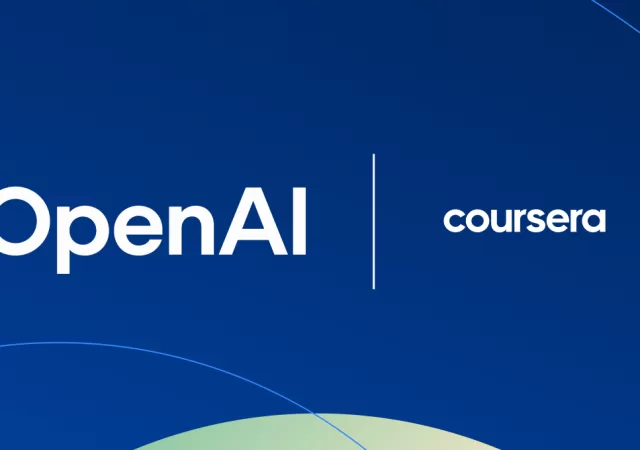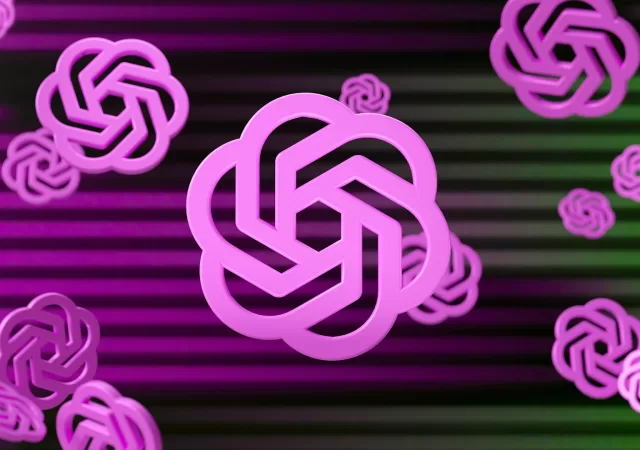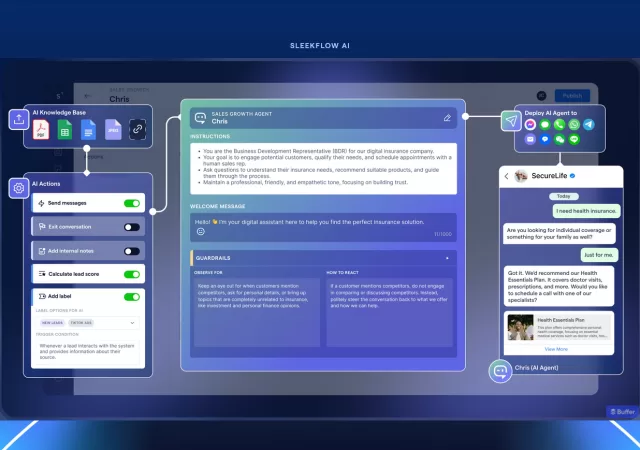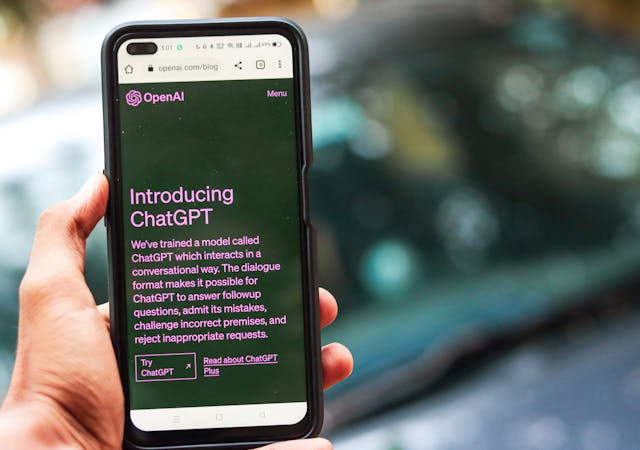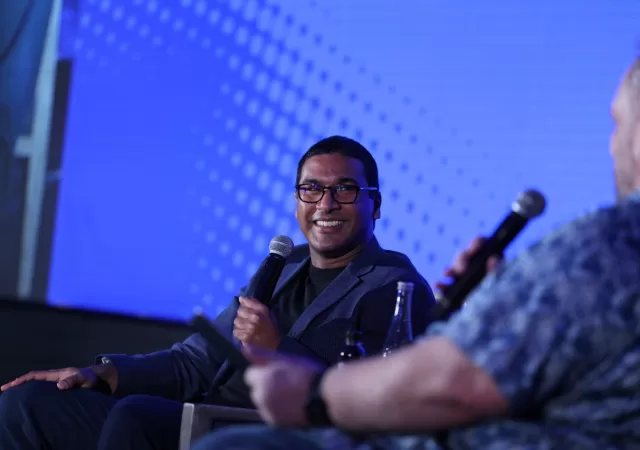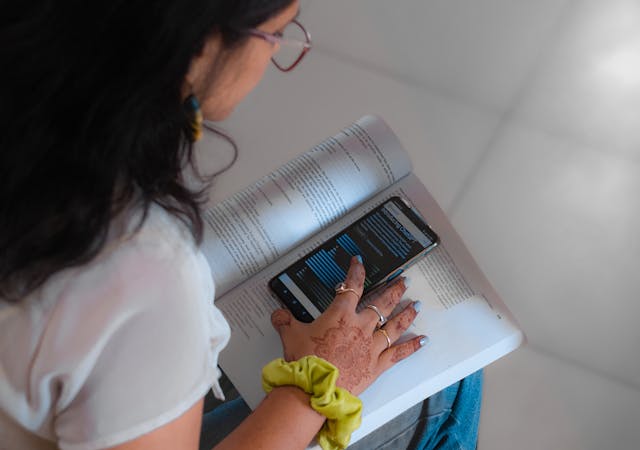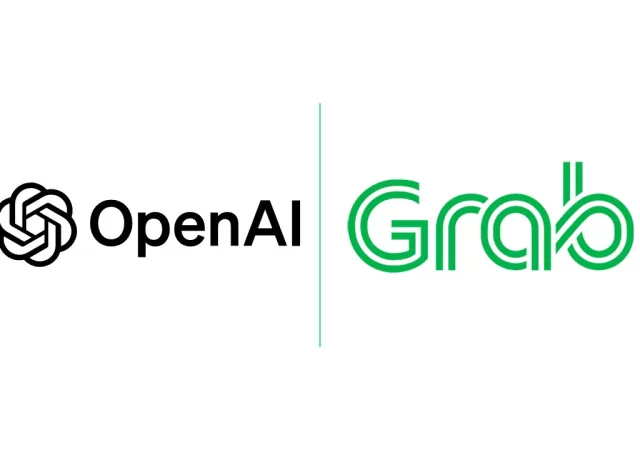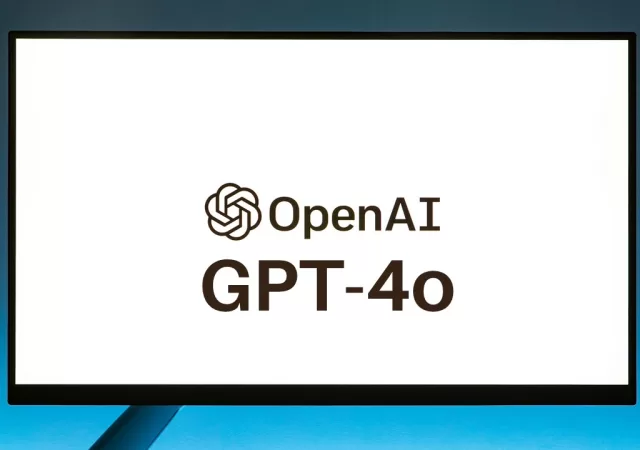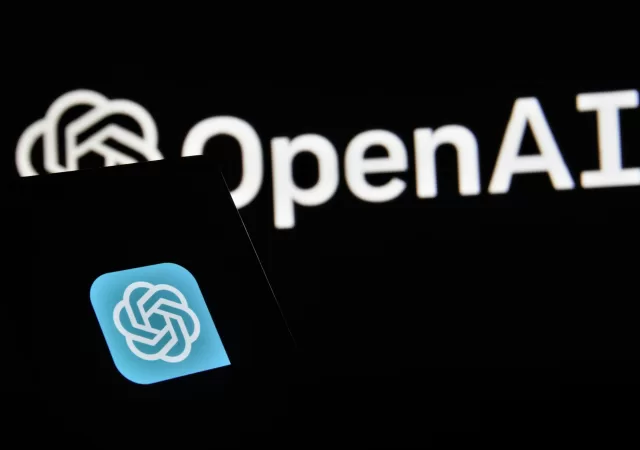Find out how Coursera is bridging the gap in online education with ChatGPT, making high-quality learning accessible to all.
OpenAI Returns to Open-Source with New GPT-OSS Models
Open AI releases two new open source GPT models – gpt-oss-20b and gpt-oss-120b; signaling a huge step back to open development of GPT models.
SleekFlow’s New AgentFlow AI Tool Leverages LLMs to Drive Conversions
SleekFlow announces a new Agentic AI, AgentFlow, designed to help businesses turn conversations into coversions.
OpenAI Unveils o3-mini – This is What You Need Know
Open AI announces ChatGPT’s new o3-mini reasoning model that allows it to do more complex reasoning faster and more efficiently.
Creating Teams That Keep Tech Companies Ahead of the Curve – A Sit Down with Suthen Thomas Paradatheth, Chief Technology Officer at Grab
techENT sits down with Suthen Thomas Paradatheth to talk about the innovation and tech at Grab and the driving force behind it.
AI Enters the Classroom: OpenAI Unveils ChatGPT Edu
OpenAI announces ChatGPT Edu, a version of its popular ChatGPT generative AI for classrooms.
Grab & OpenAI Join Forces to Supercharge the Superapp Experience in Southeast Asia with AI
Grab and Open AI announce a partnership to enhance Southeast Asia’s largest Superapp using Open AI’s Generative AI know-how to better the user experience on the app.
OpenAI Unveils GPT-4o: A Sassier, More Robust Version of GPT-4
Open AI announces GPT-4 omni (GPT-4o), a more advanced model of GPT-4 capable of more than just text generation.
Is OpenAI Looking to Challenge Google’s Search Dominance?
OpenAI is supposedly entering the web search arena and taking on Google. Could ‘OpenAI it’ become the new phrase to navigate the internet? Learn more!



